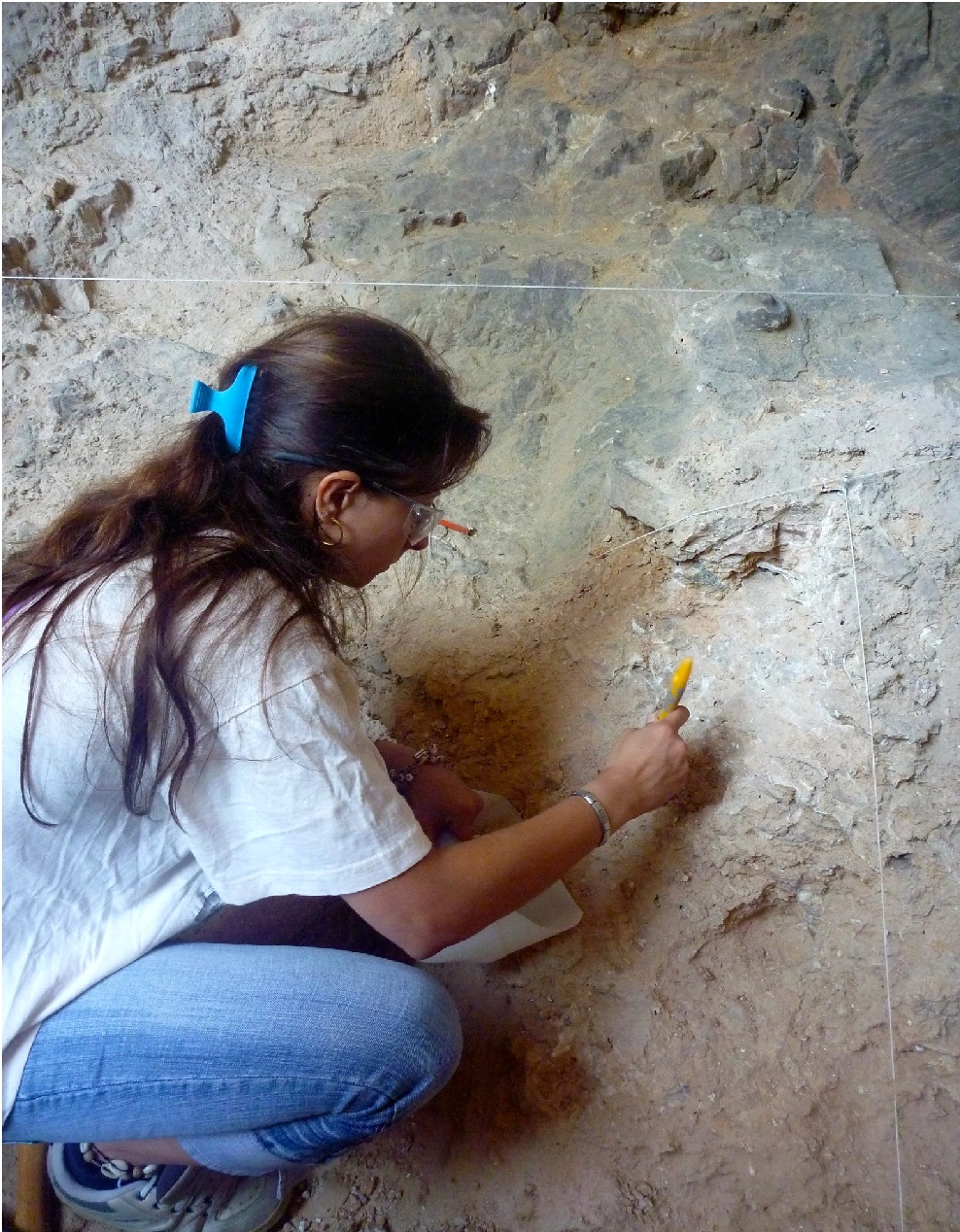
Archaeological Sites in Monaco
Numerous archaeological excavations have been carried out by the successive teams of the Museum of Prehistoric Anthropology of Monaco. Fieldwork, as well as the study of material remains, continues today with new discoveries!
The Principality of Monaco is home to many archaeological sites. The Observatory Cave preserves the oldest evidence of human occupation to date. It is currently being excavated, and its collections are being studied, exhibited, and published.
Observatory Cave
Thanks to the first excavations (Villeneuve, 1916–1920) and subsequent research (Barral and Simone, 1982–1987), three major periods of prehistoric occupation have been identified: the Lower Palaeolithic in the Pit, the Middle Palaeolithic in the Crypt, and the Upper Palaeolithic in the Chamber. These layers are separated by stalagmitic floors.
The first traces of settlement in the Observatory date from 400,000 to 200,000 years ago, when an interglacial forest gave way to a steppe environment (microfauna). The first occupants (Homo erectus) mainly hunted deer and ibex and used large flakes and bifaces. Spherical pebbles have also been found.
Around 60,000 years ago, the climate was extremely cold, and Neanderthals took shelter in the cave. They left behind tools typical of their culture (points and scrapers), as well as remains of ibex, deer, reindeer, wild boar, horse, and cattle. The presence of wolf, fox, dhole, bear, panther, and hyena indicates that the cave also sometimes served as a den for carnivores.
From around 37,000 years ago, three major cultures of the Upper Palaeolithic followed one another: the Proto-Aurignacian, the Aurignacian, and the Gravettian.
The presence of certain stone and bone tools and the emergence of art (red ochre pigments, incised bones, perforated deer canines or pendants) reflect the stays, movements, and spirituality of Cro-Magnon humans (Homo sapiens).
The associated fauna includes ibex, rhinoceros, horse, wild boar, deer, dhole, wolf, marmot, reindeer, and numerous birds.
Today, excavations continue in some parts of the cave, and research is ongoing in laboratories (E. Rossoni-Notter, O. Notter, S. Simone and international collaborators).
New scientific methods and approaches allow ancient excavation collections to be reexamined with fresh insight.
Other Archaeological Sites in Monaco
Many other sites (Palaeolithic, Neolithic, Protohistoric, Ancient, Medieval) are known—or remain undiscovered. The Museum now conducts surveys and excavations across the Principality. It also participates in preventive and rescue archaeology during construction projects throughout Monaco.
Excavations in Monaco





Excavations in Monaco







